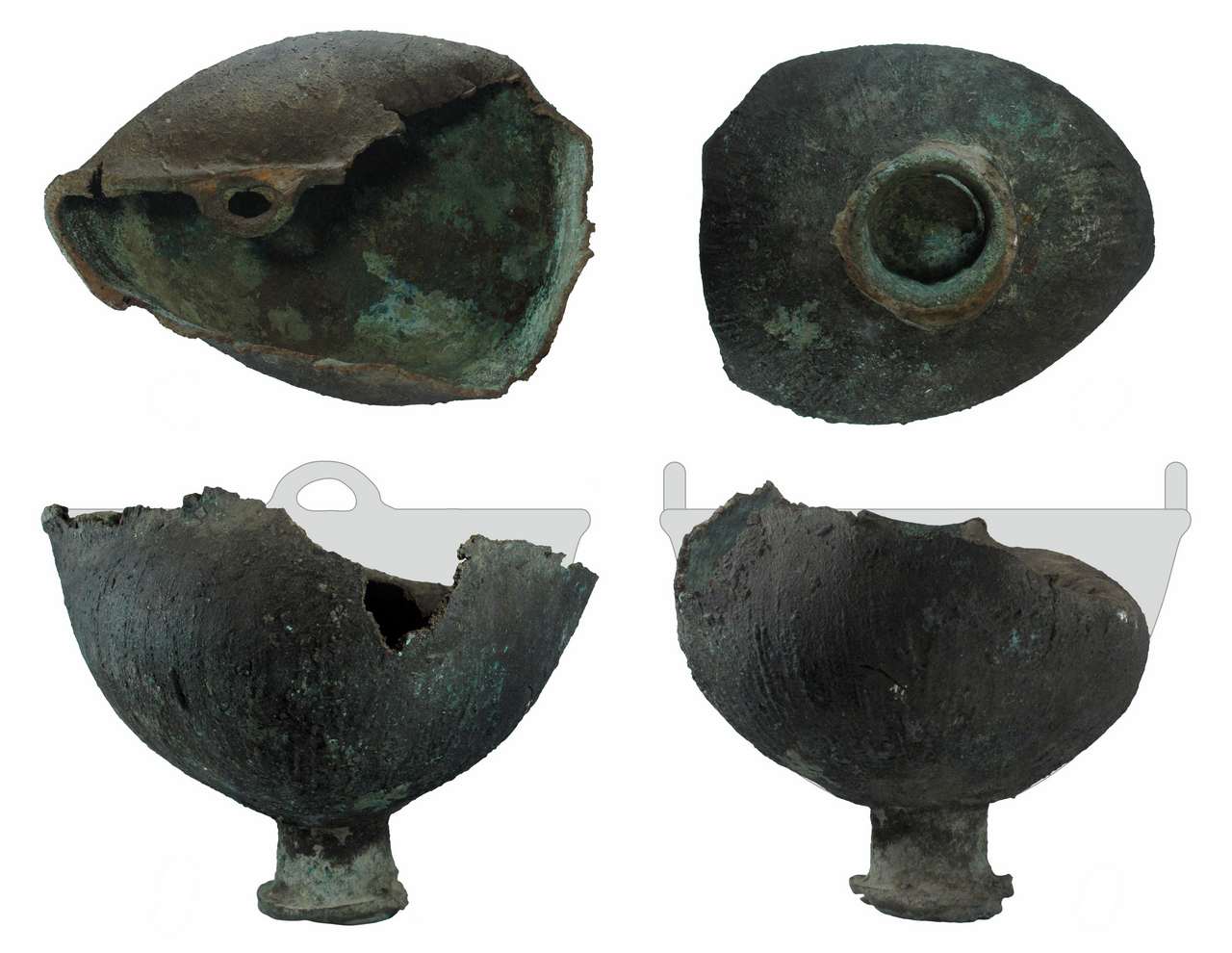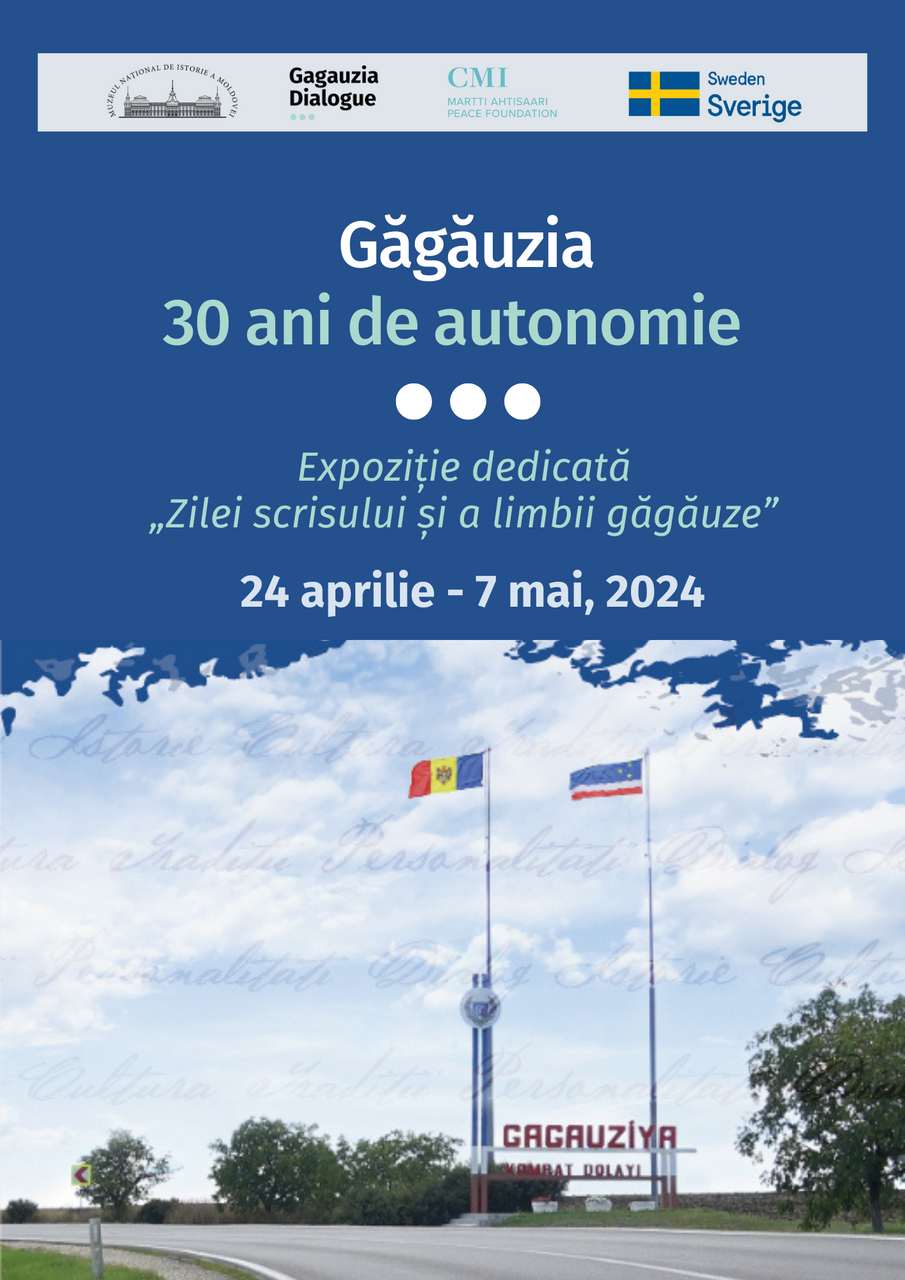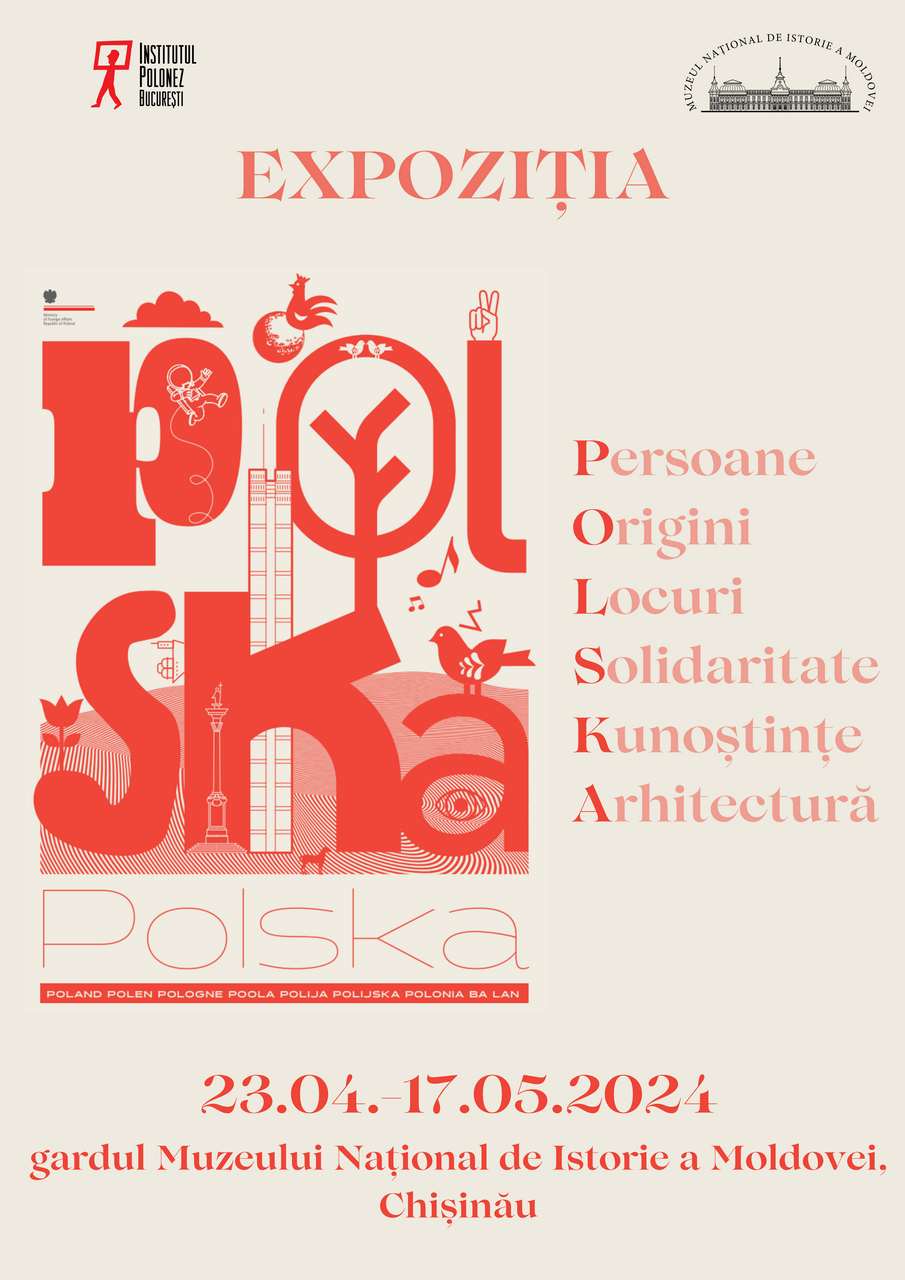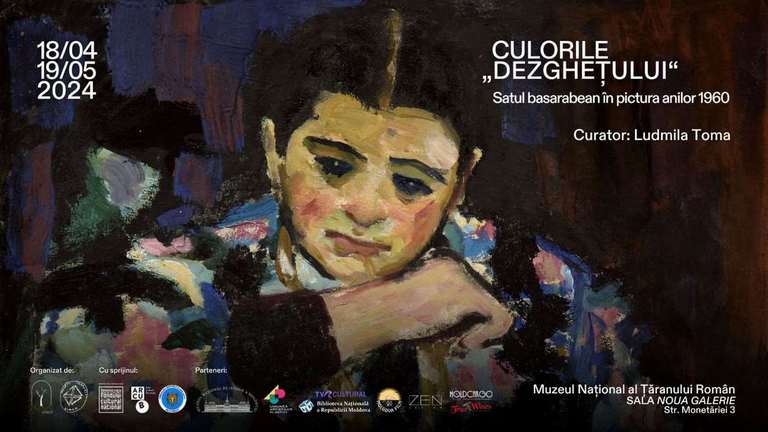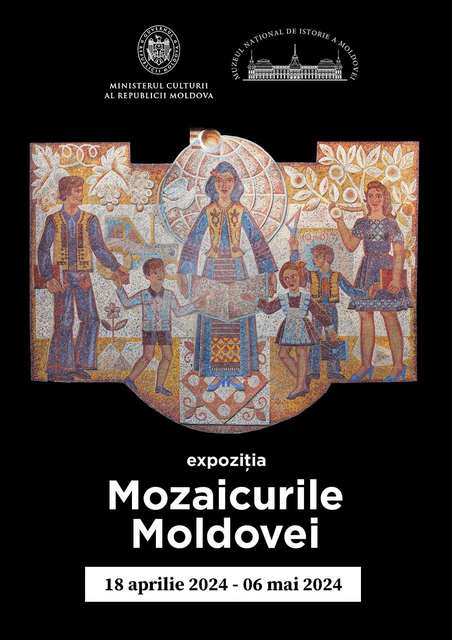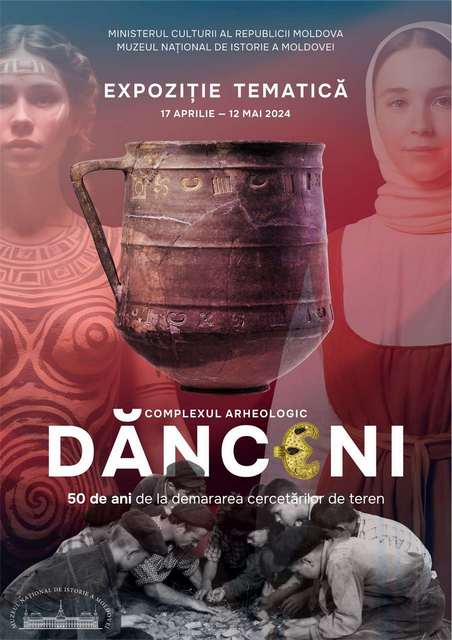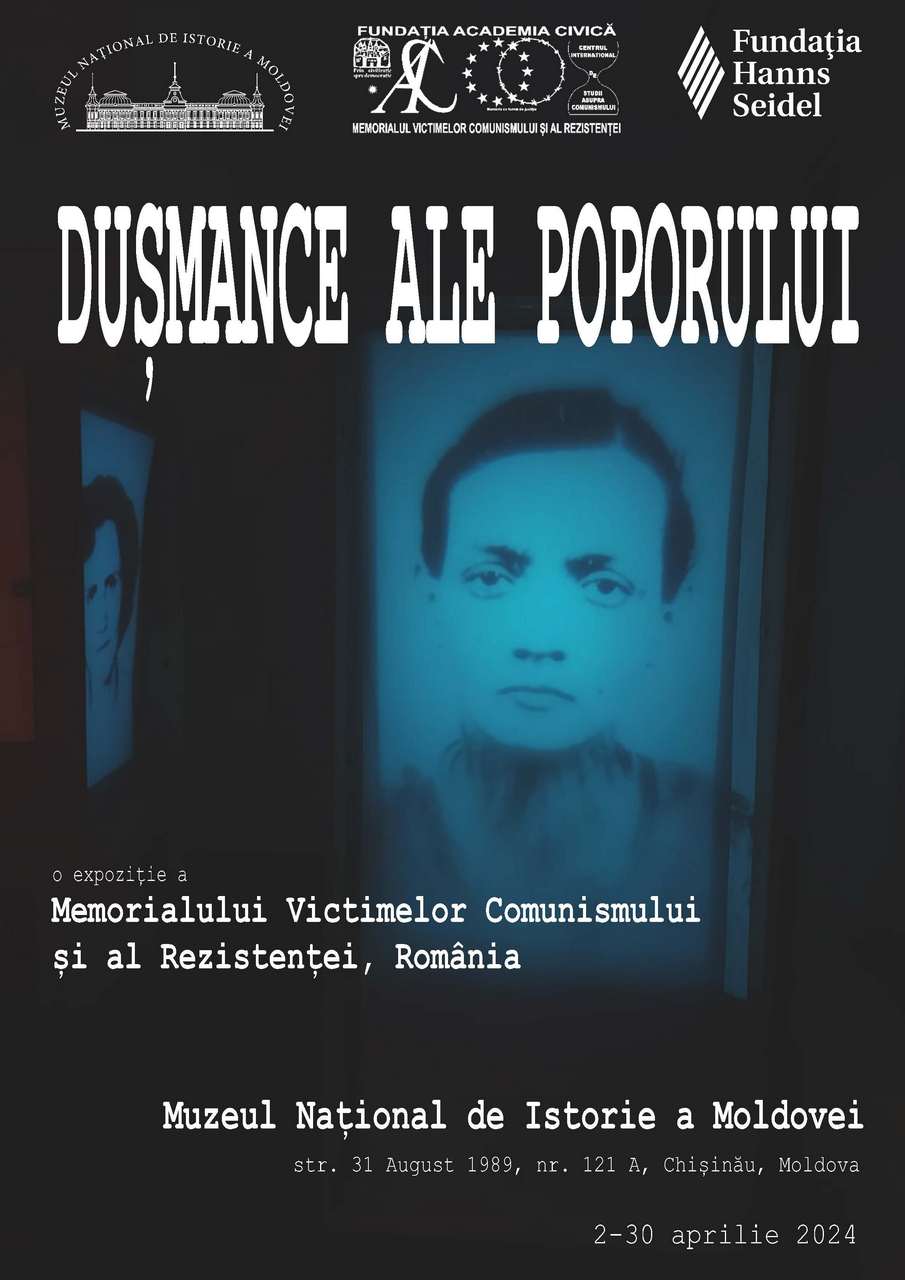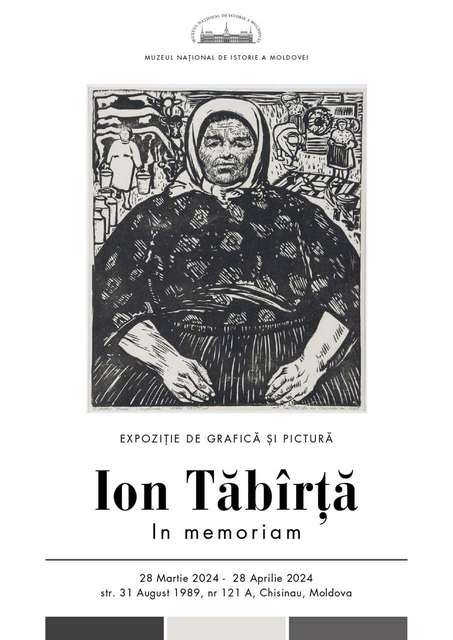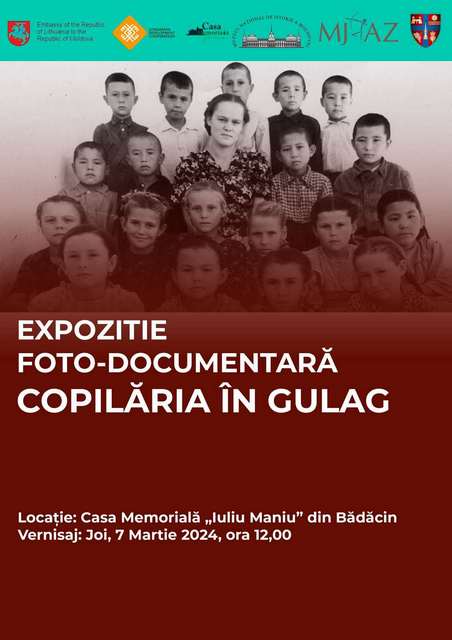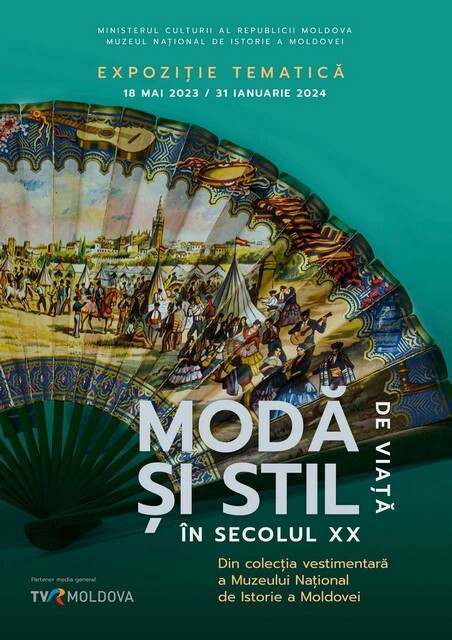  #Exhibit of the Month #Exhibit of the Month
July 2022
The Vărvăreuca Hoard
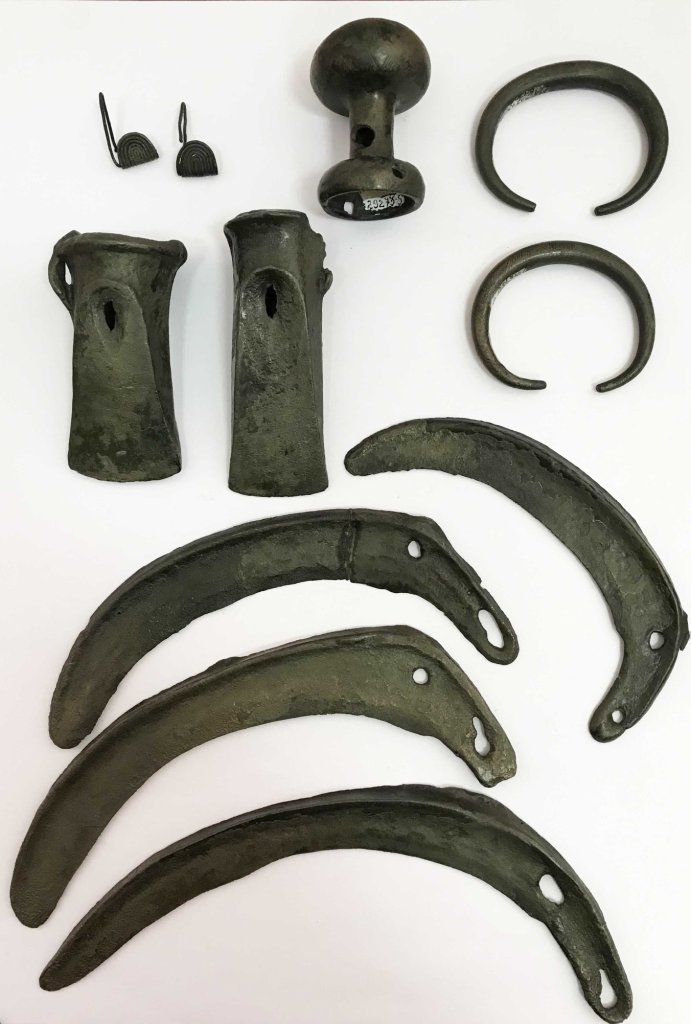 A hoard of bronze objects is understood as the intentional depositing in the ground, possibly in water, a swamp or an abyss of at least two bronze artifacts that are not related to grave goods or the remains of settlements. This is the result of conscious activity carried out in well-established manifestations in prehistoric societies. The custom of laying bronze objects began in the middle of the Bronze Age and continued with periods of peak and decline until the middle of the Iron Age. Finds of this kind are known throughout Europe and to the east, to the territory of Kazakhstan. Depending on the functional purpose of their constituent objects, there are hoards of one functional category, hoards of two functional categories, hoards of complex composition and heterogeneous hoards. A hoard of bronze objects is understood as the intentional depositing in the ground, possibly in water, a swamp or an abyss of at least two bronze artifacts that are not related to grave goods or the remains of settlements. This is the result of conscious activity carried out in well-established manifestations in prehistoric societies. The custom of laying bronze objects began in the middle of the Bronze Age and continued with periods of peak and decline until the middle of the Iron Age. Finds of this kind are known throughout Europe and to the east, to the territory of Kazakhstan. Depending on the functional purpose of their constituent objects, there are hoards of one functional category, hoards of two functional categories, hoards of complex composition and heterogeneous hoards. The significance of these deposits is interpreted in the literature in different ways. Some researchers believe that the hoards of bronze objects are of a secular nature (craftsmen's hoards that had to be recovered for reuse), others attribute them a sacred character (based on several criteria, such as composition, placement and laying in a certain way, intentional fragmentation of some objects). About 20 such deposits are known on the territory of the Republic of Moldova, mostly random finds, of which only 9 (Antonești, Călmățui, Chișinău, Dancu, Haragîș, Lozova, Mîndrești, Ocnița and Vărvărăuca) are kept in the storages of the National Museum of History of Moldova. The rest of the hoards are in private collections. Archaeological complexes of this kind, discovered on the territory of our country, belong to the late Bronze Age (16th-13th centuries BC) and the early Iron Age (11th-10th centuries BC). Those dated to the Late Bronze Age are attributed to the Noua-Sabatinovka cultural block, whose communities inhabited this space during the period under consideration. The hoards contain items from the categories of tools, weapons, and, to a lesser extent, adornments. The most impressive complex of this type known on the territory of our country is the bronze objects deposit discovered in the village of Lozovo, which is presented to the attention of visitors in room No. 1 of the National Museum of History of Moldova. The Vărvăreuca hoard was discovered by V. I. Markevich on the territory of the Eneolithic settlement of Vărvăreuca VIII. It contains 11 objects and is a hoard of complex composition, with tools, weapons and adornments. The tools are represented by two celts of the Eastern type and four sickles with holes in the handles (the so-called Heleșteni type). The weapon category is present with a dagger handle with a flattened and beautifully ornamented spherical end. The adornments are two bracelets, made of a bar oval in section, with loose ends and geometric ornament, and two earrings. The latter are made of thin bronze wire twisted concentrically and are unique items. Currently, more and more complexes of this type are being discovered by treasure hunters, whose goal is the financial profit obtained from the sale of artifacts on the black market. Such illegal actions deprive these finds of their archaeological context and the possibility of historical and scientific development. Most often, these hoards are scattered among various private collections or sold abroad. Therefore, we call on the public to be conscientious and responsible, and if such objects are found, hand them over to specialized institutions.
|











 31 August 1989 St., 121 A, MD 2012, Chisinau, Republic of Moldova
31 August 1989 St., 121 A, MD 2012, Chisinau, Republic of Moldova



